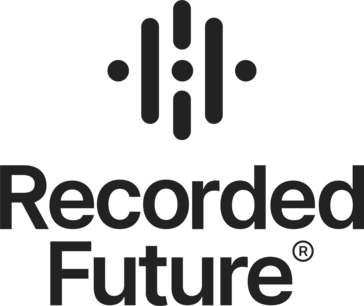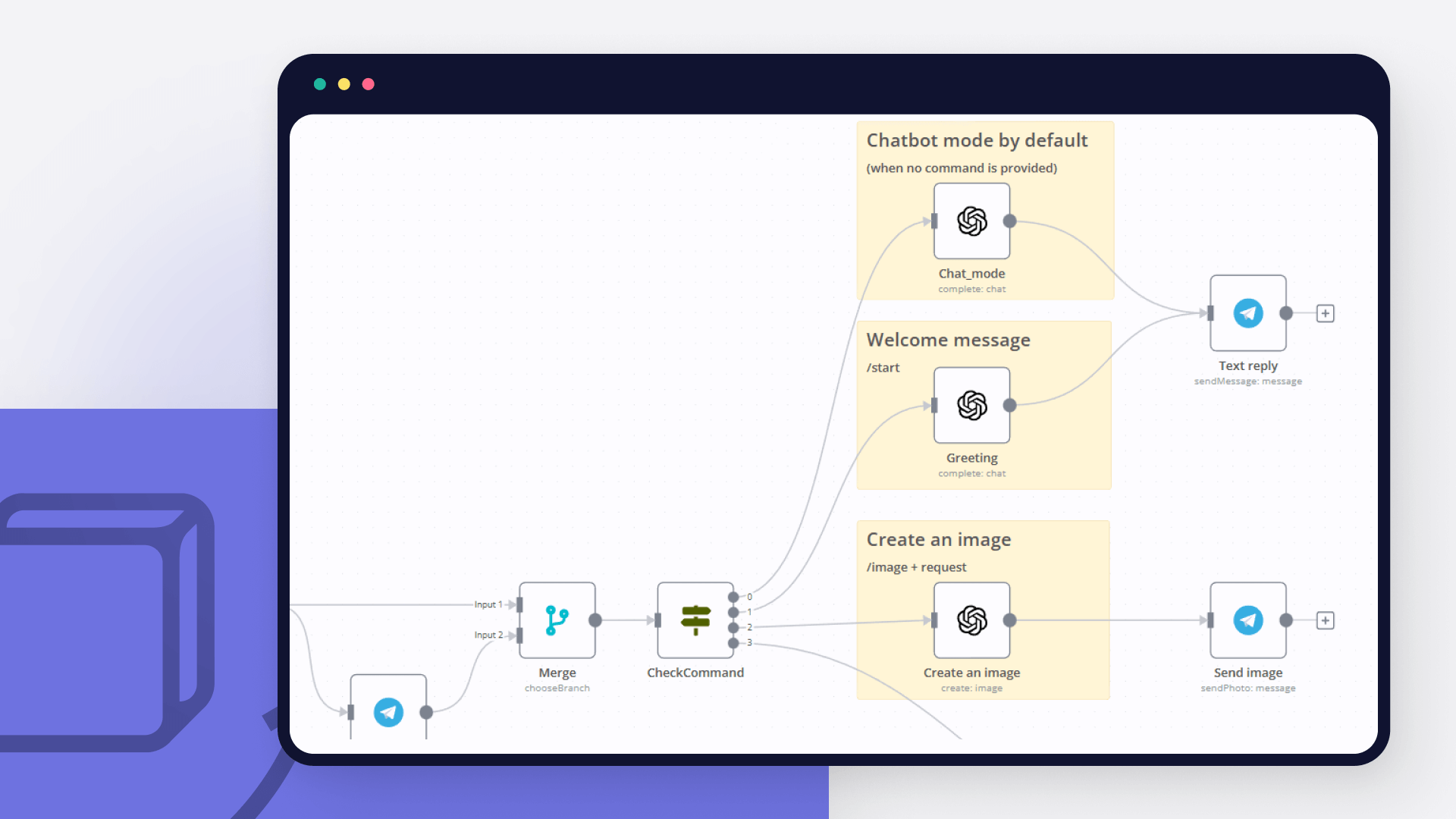Recorded Future and Telegram integration

How to connect Recorded Future and Telegram
Create a new workflow and add the first step
In n8n, click the "Add workflow" button in the Workflows tab to create a new workflow. Add the starting point – a trigger on when your workflow should run: an app event, a schedule, a webhook call, another workflow, an AI chat, or a manual trigger. Sometimes, the HTTP Request node might already serve as your starting point.
Build your own Recorded Future and Telegram integration
Create custom Recorded Future and Telegram workflows by choosing triggers and actions. Nodes come with global operations and settings, as well as app-specific parameters that can be configured. You can also use the HTTP Request node to query data from any app or service with a REST API.
Supported API Endpoints for Recorded Future
GetEntity
Retrieve details of a specific entity.
SearchEntities
Search for entities based on criteria.
ListEntityTypes
List all entity types available.
GetEntityAssociations
Retrieve associations for a specific entity.
GetEntityRiskScore
Retrieve risk score for a specific entity.
GetAlerts
Retrieve a list of alerts.
GetAlertDetails
Retrieve details of a specific alert.
CreateAlert
Create a new alert.
UpdateAlert
Update an existing alert.
DeleteAlert
Delete a specific alert.
GetIntelligence
Retrieve intelligence for a specific query.
SearchIntelligence
Search for intelligence data.
GetIntelligenceTrending
Retrieve trending intelligence data.
GetIntelligenceByCategory
Retrieve intelligence data by category.
GetIntelligenceSummary
Retrieve summary of intelligence data.
GetRiskLists
Retrieve a list of risk lists.
GetRiskListDetails
Retrieve details of a specific risk list.
CreateRiskList
Create a new risk list.
UpdateRiskList
Update an existing risk list.
DeleteRiskList
Delete a specific risk list.
To set up Recorded Future integration, add the HTTP Request node to your workflow canvas and authenticate it using a predefined credential type. This allows you to perform custom operations, without additional authentication setup. The HTTP Request node makes custom API calls to Recorded Future to query the data you need using the URLs you provide.
Take a look at the Recorded Future official documentation to get a full list of all API endpoints
Telegram supported actions
Get
Get up to date information about a chat
Get Administrators
Get the Administrators of a chat
Get Member
Get the member of a chat
Leave
Leave a group, supergroup or channel
Set Description
Set the description of a chat
Set Title
Set the title of a chat
Answer Query
Send answer to callback query sent from inline keyboard
Answer Inline Query
Send answer to callback query sent from inline bot
Get
Get a file
Delete Chat Message
Delete a chat message
Edit Message Text
Edit a text message
Pin Chat Message
Pin a chat message
Send Animation
Send an animated file
Send Audio
Send a audio file
Send Chat Action
Send a chat action
Send Document
Send a document
Send Location
Send a location
Send Media Group
Send group of photos or videos to album
Send Message
Send a text message
Send and Wait for Response
Send a message and wait for response
Send Photo
Send a photo
Send Sticker
Send a sticker
Send Video
Send a video
Unpin Chat Message
Unpin a chat message
Recorded Future and Telegram integration details
Recorded Future and Telegram integration tutorials

How to create an AI bot in Telegram
Learn how to create an AI chatbot for Telegram with our easy-to-follow guide. Ideal for users who are interested in exploring the realm of bot development without coding.

How to build a multilingual Telegram bot with low code
Learn how to build a multilingual bot for Telegram with a few lines of JavaScript code, a NocoDB database, and conditional logic in an automated workflow.

Create a toxic language detector for Telegram in 4 steps
Leverage the power of automation and machine learning to enable kinder online discussions.

6 e-commerce workflows to power up your Shopify store
Want to power up your online business and win back time? Discover how no-code workflow automation can help!

How to automate your reading habit just in time for World Poetry Day
Learn how to create a no-code workflow that gets international poems, translates them into one language, and sends you a poem in Telegram every day.

Using automation to boost productivity in the workplace
Instead of using IFTTT or Zapier, which can be pretty limiting on a free tier, I decided to try n8n, which is a fair-code licensed tool.
FAQ
Can Recorded Future connect with Telegram?
Can I use Recorded Future’s API with n8n?
Can I use Telegram’s API with n8n?
Is n8n secure for integrating Recorded Future and Telegram?
How to get started with Recorded Future and Telegram integration in n8n.io?
Need help setting up your Recorded Future and Telegram integration?
Discover our latest community's recommendations and join the discussions about Recorded Future and Telegram integration.
Looking to integrate Recorded Future and Telegram in your company?
The world's most popular workflow automation platform for technical teams including
Why use n8n to integrate Recorded Future with Telegram
Build complex workflows, really fast



